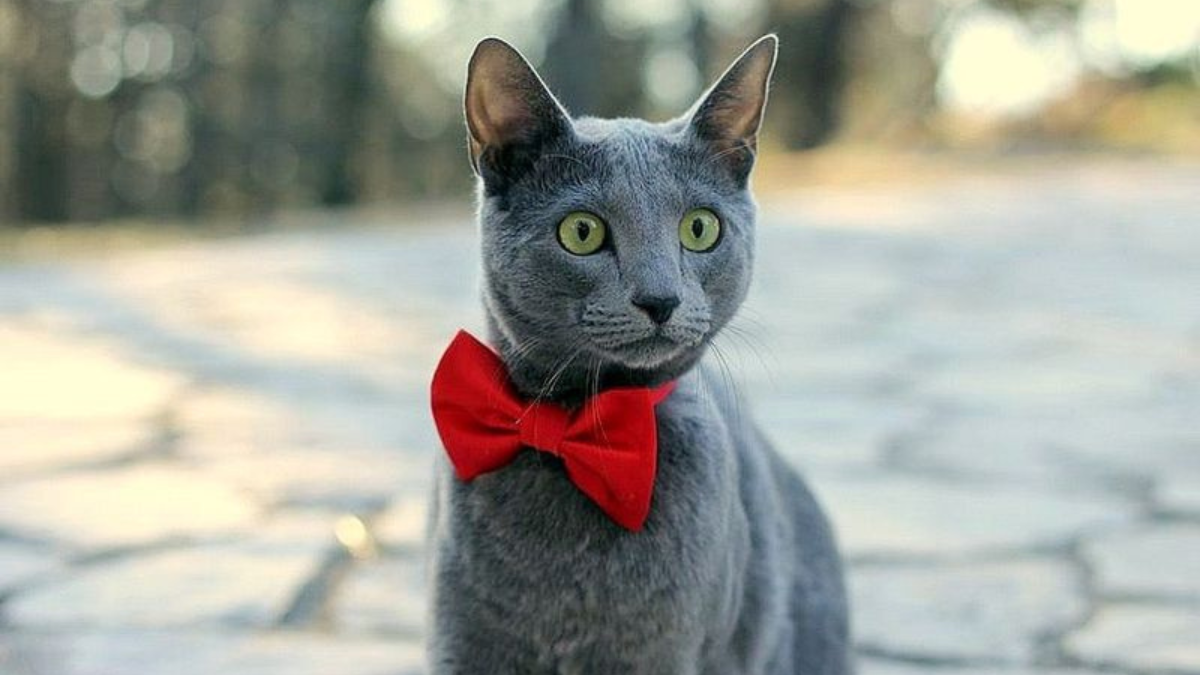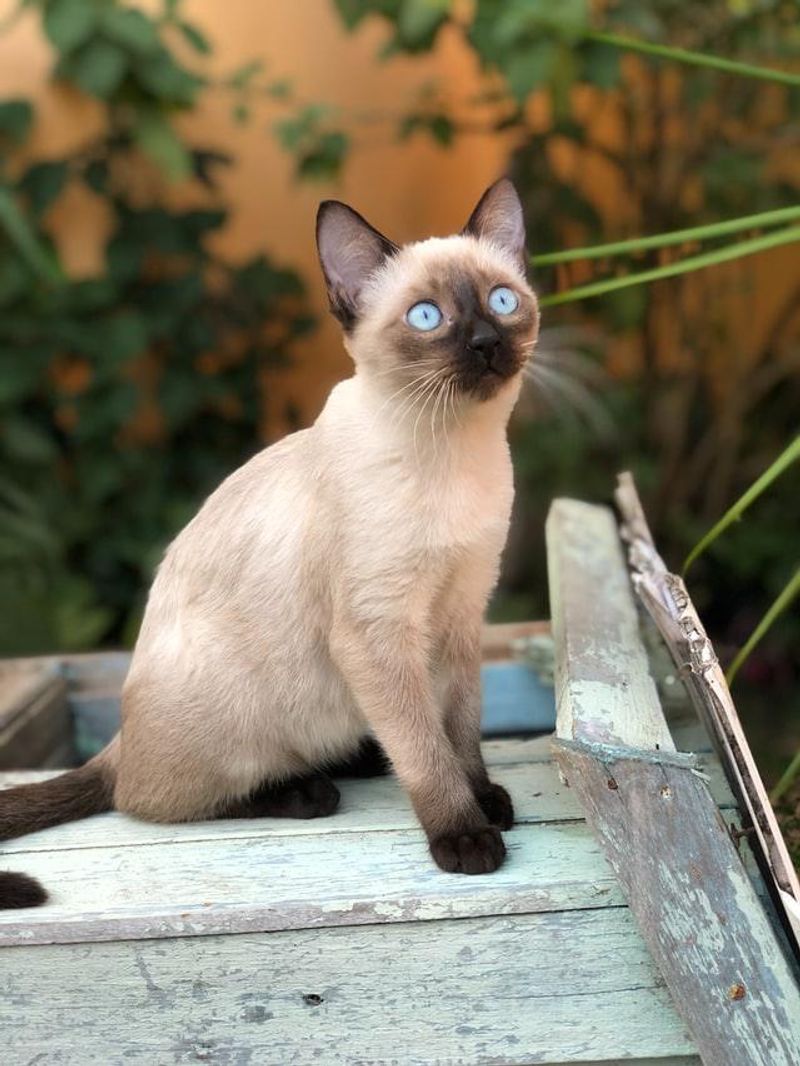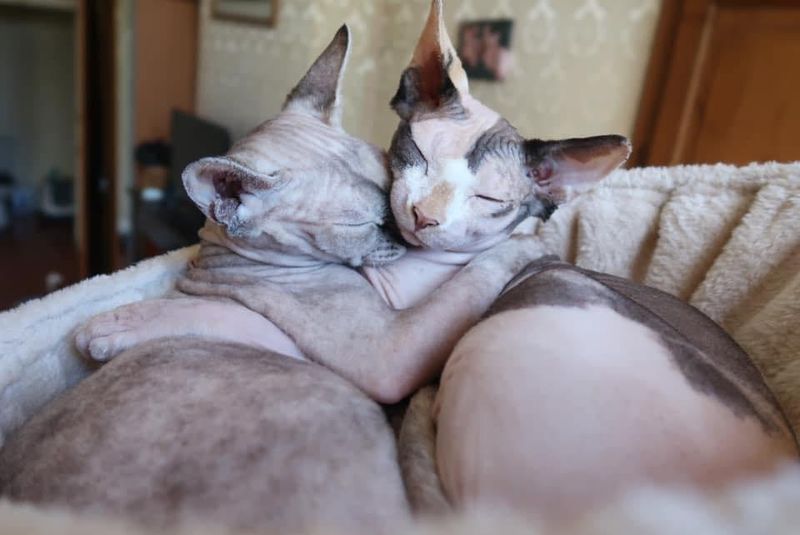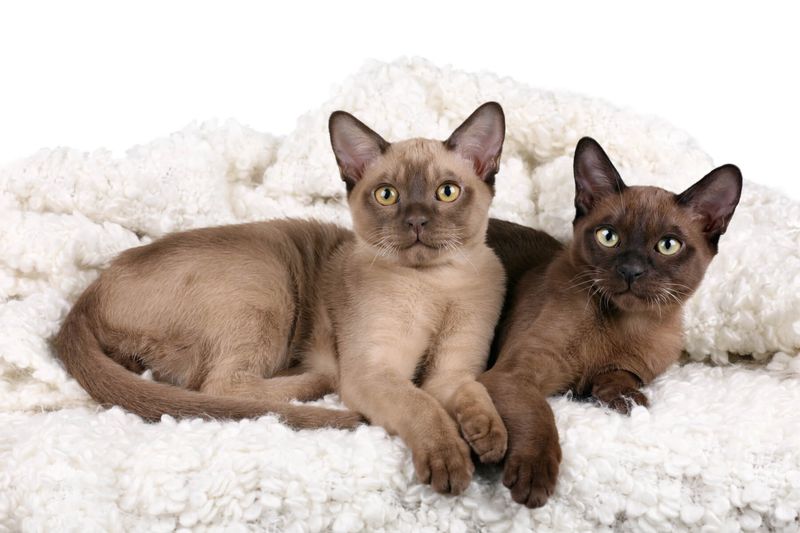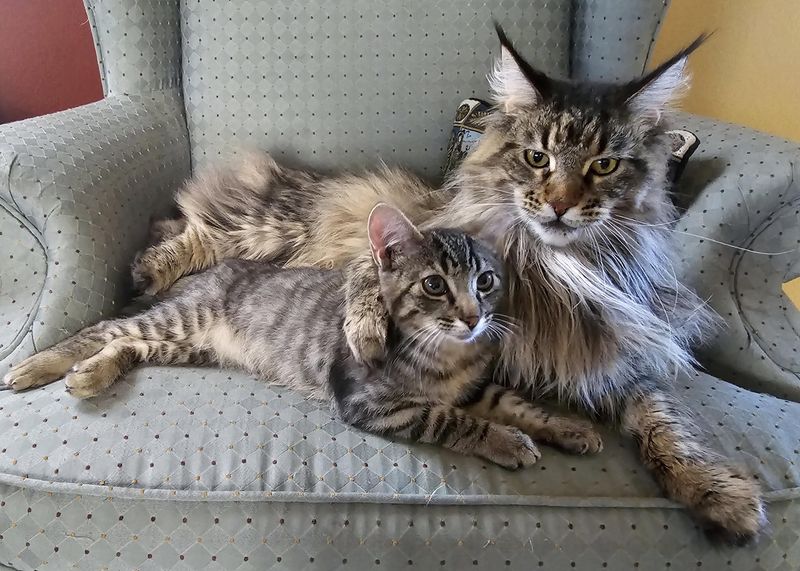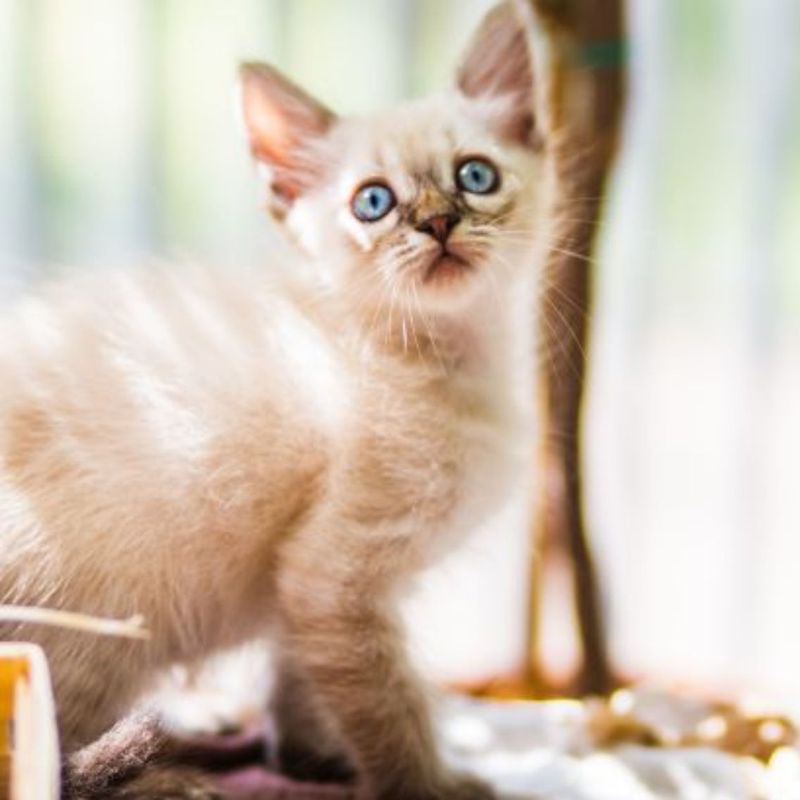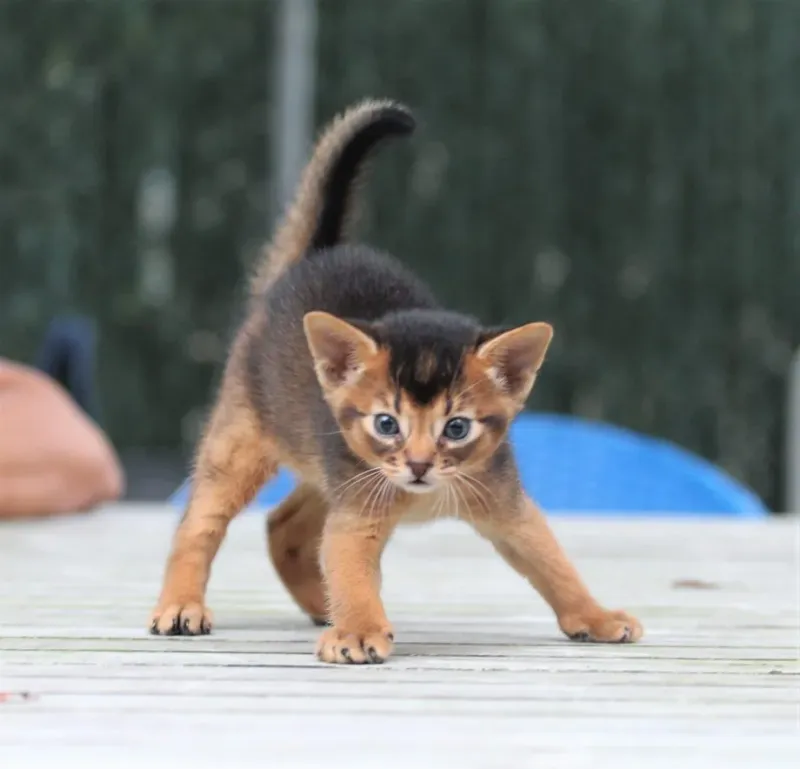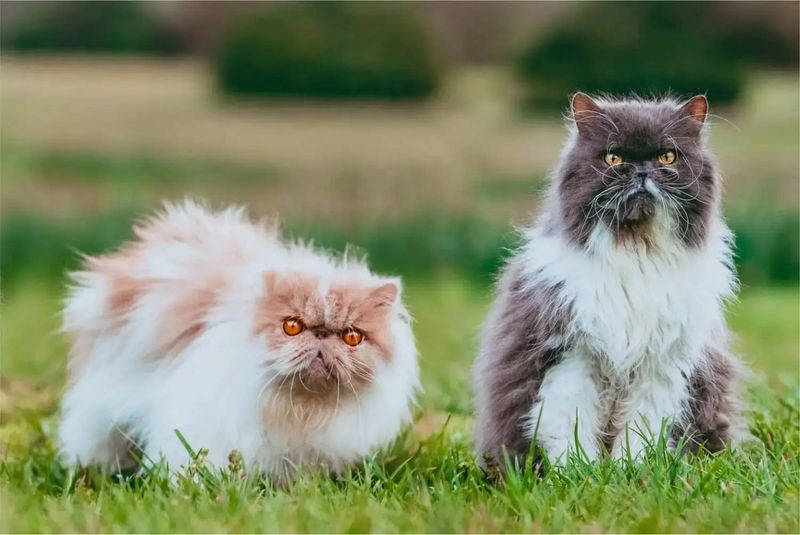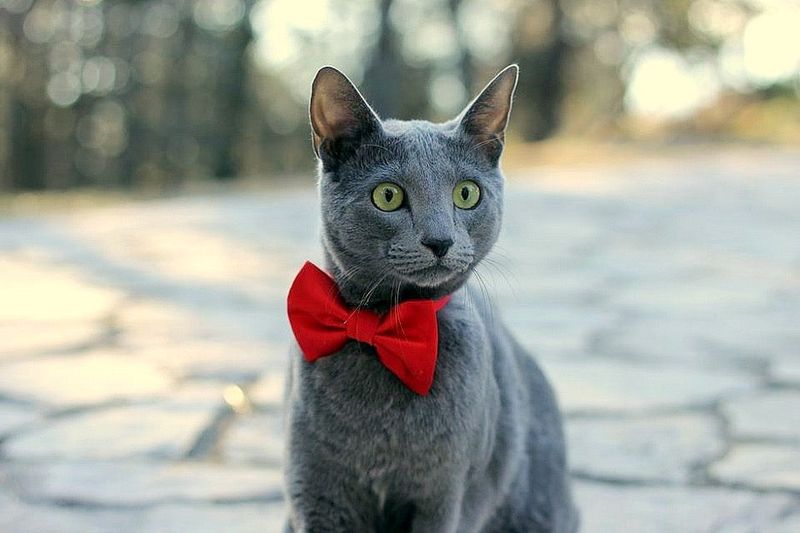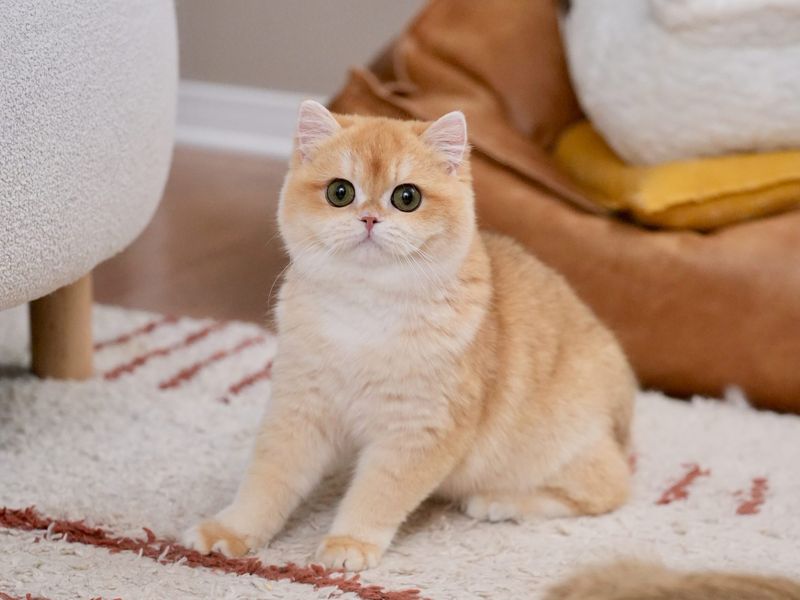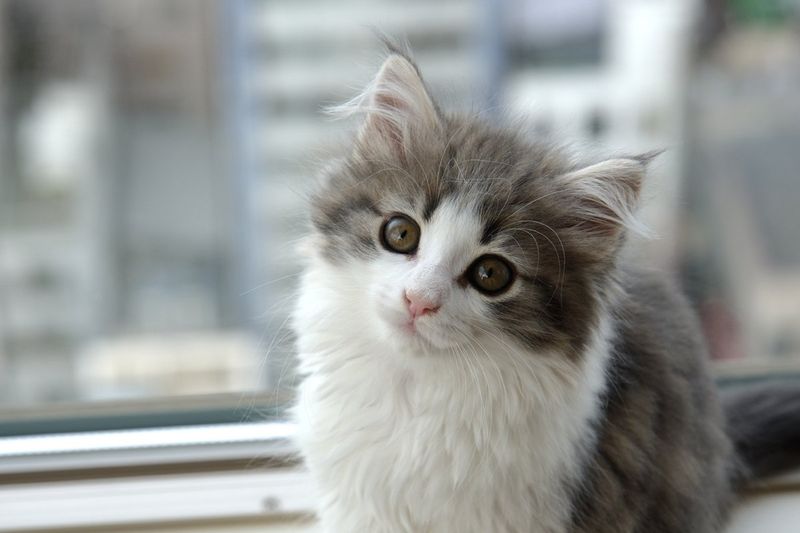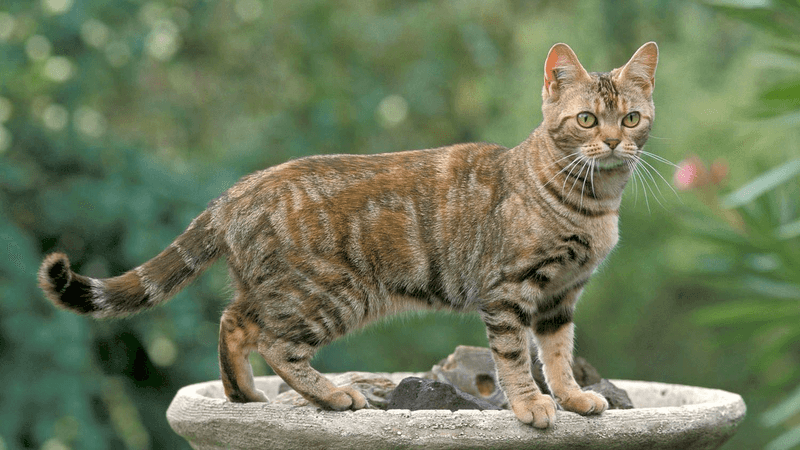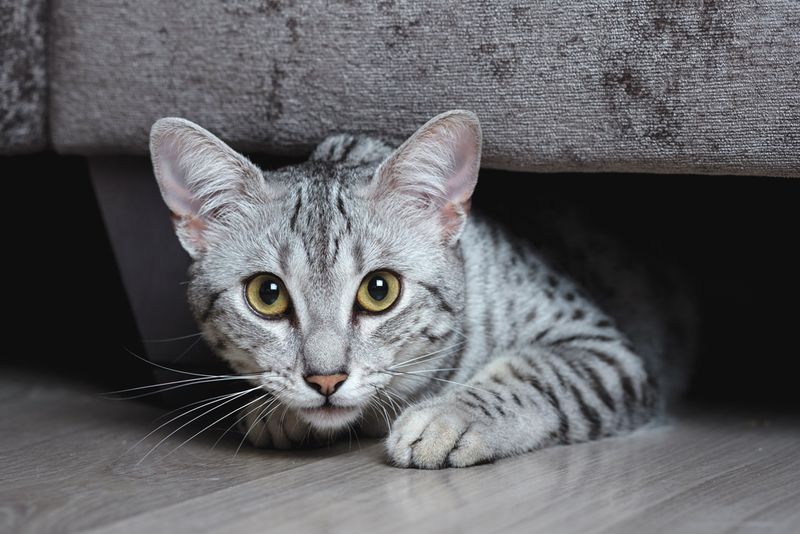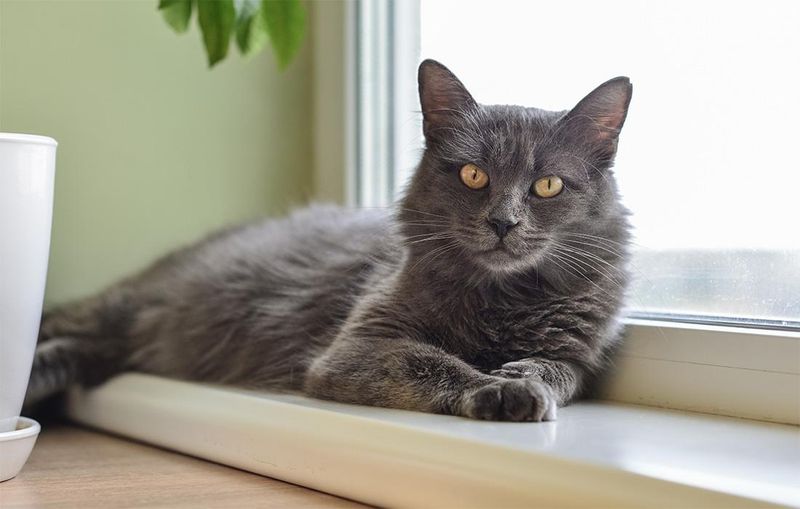📖 Table of Content:
Cats display a wide range of personalities, each as unique as their individual markings. Some enjoy constant companionship, often shadowing their humans throughout the day. Others thrive in solitude, preferring quiet and minimal interaction.
Recognizing these natural preferences is essential for creating a harmonious home environment. Certain cats naturally seek social connections and benefit from having a friend nearby. Meanwhile, others feel most comfortable and content when left to their own devices.
Matching a cat’s temperament with the right living situation ensures a happy and fulfilling relationship. Some breeds are known for their sociable nature, while others are happiest as solo companions. Exploring these differences helps in selecting a cat whose personality fits seamlessly with the household.
1. Siamese
Siamese cats are famous for their vocal nature and desire for attention. They’ll follow you everywhere, meowing their thoughts and demanding your focus with their striking blue eyes.
These social butterflies form strong bonds with their humans and suffer from separation anxiety when left alone too long. Many Siamese owners report their cats waiting by the door when they return home.
Their intelligence makes them excellent companions for interactive play. They learn tricks quickly and enjoy showing off their skills to anyone who will watch. A bored Siamese can become destructive, so regular engagement is essential.
2. Ragdoll
Named for their tendency to become limp when picked up, Ragdolls resemble soft, floppy dolls. They cherish human companionship and frequently curl up on laps for extended cuddle sessions.
Unlike more independent breeds, Ragdolls often greet family members at the door and follow them from room to room. Their patient nature makes them ideal for homes with children or other pets.
Despite their size, Ragdolls are known for their docile temperament. They rarely extend their claws during play and prefer gentle games to rough housing, making them perfect companions for those seeking a calm, affectionate pet.
3. Sphynx
Hairless and heart-full, Sphynx cats crave warmth—both physical and emotional. Their lack of fur means they actively seek body heat, making them professional cuddlers who’ll snuggle under blankets with you.
Sphynx cats form deep bonds with their families and don’t do well when left alone for extended periods. They’re known for greeting their humans at the door and providing enthusiastic headbutts as a welcome.
Their energetic and playful nature means they’re always ready for interaction. Sphynx cats enjoy being the center of attention and will perform acrobatic stunts to entertain their humans, proving that their outgoing personality more than makes up for their lack of fur.
4. Burmese
Playful yet devoted, Burmese cats form strong bonds with their people. Their golden eyes follow every movement, reflecting a keen interest in their surroundings.
These medium-sized felines maintain kitten-like energy well into adulthood. They’ll happily engage in interactive play sessions, then curl up on your lap when it’s time to relax.
Burmese cats thrive in active households where someone is usually home. Their sociable nature extends to visitors too—don’t be surprised if your Burmese greets guests with curious chirps and investigative sniffs. Many owners describe them as “dog-like” in their loyalty and desire to be involved in family activities.
5. Maine Coon
Maine Coons combine impressive size with gentle temperament. These fluffy giants can weigh up to 18 pounds but move with surprising grace around the home, careful not to knock things over despite their bulk.
Known for their dog-like loyalty, Maine Coons often greet family members at the door and follow favorite humans from room to room. Their social nature extends to visitors and other pets, making them excellent additions to multi-pet households.
Maine Coons communicate with distinctive chirps and trills rather than standard meows. They’re patient with children and enjoy interactive play sessions, though they’re equally content watching household activities from a comfortable perch nearby.
6. Bombay
With sleek black fur and glowing copper eyes, Bombay cats resemble miniature panthers. Their captivating appearance contrasts with their playful and social personalities.
Created by crossing Burmese with black American Shorthairs, Bombays inherited the best social traits of both breeds. They form strong bonds with their humans and often choose a favorite person to shower with special attention.
Bombays adapt well to busy households and get along with respectful children and cat-friendly dogs. They enjoy interactive toys that challenge their intelligence and will happily learn tricks for treats. Their playful nature continues into adulthood, making them entertaining companions for years.
7. Tonkinese
Blending Siamese elegance with Burmese charm, Tonkinese cats stand out with their moderate build and bright aqua eyes. Their unique look pairs perfectly with a lively and affectionate nature. These qualities ensure they leave a lasting impression.
These cats demand involvement in all household activities. Whether you’re cooking, cleaning, or working from home, your Tonkinese will be right there “helping” in their own special way. They excel at finding the warmest spot in the house—usually your lap.
Tonkinese cats are known for their mischievous intelligence. They can learn to open doors, find hidden treats, and solve puzzles that would stump other cats. Their need for interaction makes them poor candidates for homes where they’d be left alone for long periods.
8. Abyssinian
Abyssinians blend independence with social needs in a unique way. Unlike lap cats, they prefer to interact through play and exploration rather than cuddles, making them perfect for active owners who want engagement without constant physical contact.
Their ticked coat gives them a wild appearance that matches their energetic personality. Abyssinians climb to the highest points in your home and watch activities with intense interest, occasionally darting down to participate.
These cats need mental stimulation and physical activity. Puzzle toys, climbing trees, and interactive play sessions keep them happy and prevent boredom. While they may not snuggle constantly, Abyssinians show affection by staying near their favorite humans and including them in their adventures.
9. Devon Rex
With elfin features, large ears, and curly, downy fur, Devon Rex cats have a truly unique appearance. Their spirited personalities are just as remarkable. Many compare their playful antics to a mix of feline, canine, and primate traits.
Devoted to their humans, Devon Rex cats will perch on shoulders, burrow under blankets, and find any excuse to be close. Their playful antics continue well into adulthood, making them entertaining companions who keep households lively with their mischief.
Devon Rex cats thrive in homes where they receive plenty of attention and playtime. They get along well with children and other pets, often forming unexpected friendships with dogs. Their minimal shedding makes them popular with allergy sufferers who can tolerate their fine, sparse fur.
1. Persian
Persian cats exemplify dignified independence with their regal bearing and calm demeanor. Unlike their more social counterparts, these fluffy aristocrats prefer observing household activities from comfortable perches rather than being in the middle of the action.
Their quiet nature makes them ideal for peaceful homes. Persians appreciate routine and can become stressed by loud noises or sudden changes, preferring predictable environments where they can relax undisturbed.
While not overly demanding of attention, Persians do enjoy gentle petting sessions on their own terms. They typically bond deeply with one or two favorite people and may be reserved around strangers. Their low-energy lifestyle suits apartment living and busy owners who can’t provide constant interaction.
2. Russian Blue
Known for their reserved charm and loyal nature, Russian Blues captivate with plush blue-gray coats and bright green eyes. Their graceful demeanor means they don’t seek out constant interaction. Instead, they enjoy peaceful moments alongside their humans.
These cats appreciate routine and prefer calm environments. While they form strong bonds with their families, Russian Blues typically choose when interaction happens, often preferring to observe activities from a comfortable distance before deciding to participate.
Sensitive to household moods, Russian Blues make excellent companions for introverts or those who work from home. They’re content to keep themselves entertained during the day and join you for quiet evenings. Their naturally shy nature with strangers makes them seem aloof, but they show affection through subtle gestures like gentle headbutts to their chosen humans.
3. British Shorthair
With a strong independent streak, British Shorthairs sport plush coats and a teddy-bear look. These robust cats enjoy proximity without the need for constant physical contact. They thrive when given space while still feeling part of the family.
Their easygoing nature makes them perfect for busy households. British Shorthairs don’t mind being left alone during work hours and can entertain themselves without destructive behavior, though they appreciate interactive play sessions when you’re available.
While not overly demonstrative, these cats show affection through slow blinks and by choosing to spend time in the same room as their humans. They typically get along well with respectful children and other pets, maintaining a dignified demeanor even in chaotic situations.
4. Norwegian Forest Cat
Evolving in the demanding climates of Scandinavia, Norwegian Forest Cats developed a hardy, independent nature. Their impressive size and thick, water-repellent coats lend a wild, majestic look. These traits perfectly match their autonomous spirit.
These natural climbers appreciate homes with tall cat trees where they can survey their domain from above. While affectionate with family, Norwegian Forest Cats don’t demand constant attention and are comfortable spending time alone, making them suitable for working households.
Their intelligence shows in their problem-solving abilities and hunting skills. Norwegian Forest Cats maintain strong instincts and enjoy interactive toys that simulate hunting. They typically show affection on their own terms, sometimes surprising owners with moments of unexpected cuddles between their independent adventures.
5. American Shorthair
American Shorthairs descend from working cats brought to North America to control rodent populations. This heritage shows in their balanced personality—friendly but not needy, playful but self-sufficient.
These medium-sized, muscular cats adapt well to various living situations. They enjoy interactive play sessions but are equally content amusing themselves with toy mice or watching birds from windows when their humans are busy.
American Shorthairs make excellent family pets because they’re patient with children and respectful of boundaries. They typically establish comfortable routines, perhaps joining you for morning coffee or evening television, while maintaining their independence throughout the day. Their moderate energy levels and adaptable nature make them suitable for first-time cat owners.
6. Egyptian Mau
With distinctive spotted coats and muscular frames, Egyptian Maus make a striking impression. Known for their incredible speed, they can reach bursts of up to 30 mph. This agility reflects their energetic and self-reliant personality.
These cats maintain strong hunting instincts and appreciate homes where they can exercise their natural abilities. Egyptian Maus form deep bonds with their chosen humans but interact on their own terms, often preferring interactive play to extended cuddling sessions.
Sensitive to their environments, Egyptian Maus thrive in stable households with predictable routines. They’re observant and intelligent, often watching situations carefully before deciding to participate. While not typically lap cats, they show affection through soft chirps, slow blinks, and occasionally presenting their humans with toy “hunting trophies.”
7. Nebelung
With longer, flowing fur compared to Russian Blues, Nebelungs have a soft, mist-like presence. Their German name translates to “creature of the mist,” reflecting their graceful appearance. Known for their reserved nature, they attract those who appreciate subtle, calm company.
Routine-loving and sensitive to change, Nebelungs prefer quiet, stable environments. They typically bond closely with one or two favorite people while remaining politely distant with strangers or occasional visitors.
Despite their independent streak, Nebelungs show devotion through quiet companionship, often choosing to be in the same room as their humans without demanding attention. They appreciate interactive play sessions but are equally content watching household activities from comfortable perches, stepping in for affection only when they decide the moment is right.
8. Scottish Fold
Known for their trademark folded ears and wide, owl-like eyes, Scottish Folds captivate with their unique appearance. Their temperament strikes a middle ground between loving attachment and moderate independence.
These medium-sized cats enjoy interactive play but don’t demand constant attention. Scottish Folds appreciate routine and prefer environments where they can predict daily activities, making them well-suited to households with consistent schedules.
While not typically lap cats, Scottish Folds show affection by following their favorite humans from room to room at a respectful distance. They’re known for unique sitting positions—the “Buddha sit” with paws tucked under their chest is a breed trademark. Their moderate activity level and adaptable nature make them suitable for various living situations, from apartments to larger homes.
9. Turkish Van
Turkish Vans stand out with their unique swimming ability—these “swimming cats” naturally enjoy water, unlike most felines. Their distinctive white coats with colored markings on the head and tail reflect their ancient origins in Turkey’s Lake Van region.
Highly intelligent and independent, Turkish Vans prefer to interact with humans on their own terms. They’re not typically lap cats but show affection through playful engagement and occasionally joining their chosen humans for sleeping.
These cats maintain strong hunting instincts and appreciate interactive toys that challenge their problem-solving abilities. Turkish Vans reach full maturity around 3-5 years, developing their adult personality gradually. Their high energy levels and independent nature make them best suited for experienced cat owners who appreciate a spirited, self-reliant companion.
